"Not all chairs provide the security we expect from them"
What do we mean by that? The main use of a restraint system is, in the event of an accident, to retain a body in 90 milliseconds at 40, 50 or 70 km / h and that suffers the least possible damage. It is complicated and security can hardly be guaranteed to the 100%.
At the end of the day, the technical name of the "safety seats" is: CHILD RETENTION SYSTEMS (SRI) and that Its first objective (which is no small thing), is to avoid being thrown out of the car at the same speed as it was before an impact or sudden deceleration (braking), avoiding serious injuries at low speed caused by an impact of the occupant with hard surfaces.
No passive safety element of the usual in the car (airbag, deformable structure, seat belts, headrests ...) is safe on its own, since there is no zero risk. The effectiveness of passive security elements (the one that limits the damages in the inevitable case of an accident), Among which we find the Child Restraint Systems, it will depend on the direction of the impact, the forces generated by the body and the parts of it that retain them. The only sure thing 100% is to avoid the accident.
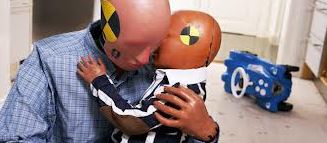
INTRODUCTION TO CHILD RESTRAINT SYSTEMS
SERIOUS PROBLEMS IN THE ADVICE OF THE “SAFETY CHAIRS”: LACK OF CONSCIOUSNESS, DISINFORMATION, BALANCE AND BAD MILK
In childcare and baby goods stores, every day we encounter situations such as: “Ah, not all chairs are safe? But they are approved! ” or "I want this chair that I have seen in the RACE, OCU or RACC tests that rate it as the safest" or "I want the safest chair, which one do you advise me?” They denote two essential faults: consciousness and knowledge.
It is normal for parents, they are not usually engineers-pediatricians-manufacturers of chairs! But they need to understand what the objective criteria are for choosing a good Child Retention System (SRI). This is (or should be) our commitment to parents who trust our advice, to provide criteria for the safety of the baby in the car.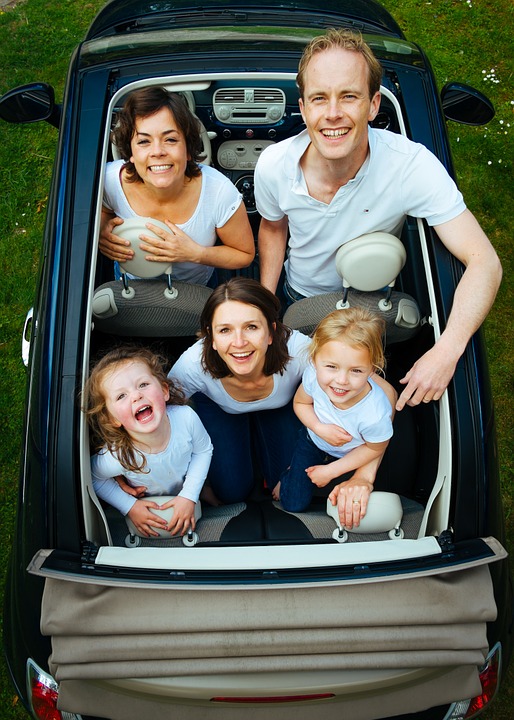
The reality is cruel when we allow ourselves to be advised, since we usually look for an acquaintance without particular commercial interests (who we believe that legitimizes them) to inform us.With all the good intention, he will tell us about his experience on the use of "safety seats".
When they have had no accidents it is usually analyzed that the child is comfortable, does not complain, sleeps, looks good, looks good, is practical. We suppose that for this scenario, the best thing is, directly, not to have a chair and thus we save ourselves the bellowing of tying up the baby and some eurillos that don't hurt, as long as the cops don't get us. OK, but ...
What if we have an accident? Who can advise us on this?
Fortunately, few are those who have had the experience of an accident (in this link You will find an accident at 90 km / h that if it had not been in a chair in reverse gear the result would have been terrible). But, even so, Nor do they have comparative benchmarks to determine if one chair is better than another., since it is difficult for the same person to have had two equal accidents with different chairs.
So that, Who to trust From security professionals and not from sales professionals. That is to say, safety is not the heritage of a brand, store or person, but a subjective term on the level of risk that we assume when we put our baby in a car at 40, 50 or 130 km / h. Understanding the principles that determine the risk and those that bring the baby / child to the minimum harm are the indispensable standard under which we must judge a good child restraint system.
It is normal for parents to be uninformed, as it is also normal for the information we have in stores to contain the commercial bias of each brand. What seems absolutely immoral to me is the knowledge that manufacturers have through their engineering and R&D departments and that for demand reasons, they continue to manufacture chairs that “seem safe” because they sell more than “safe” chairs. There is something too important at stake: "The safety of our children"
SAFETY OF A BABY IN A CAR
Today, we travel by car 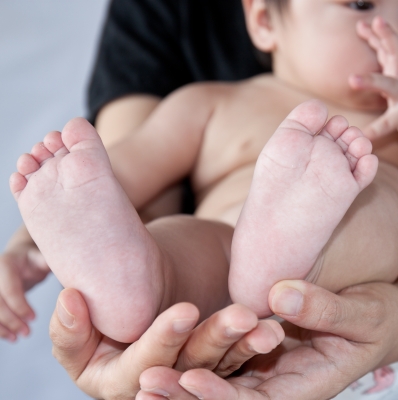 much more often than previous generations (our parents, grandparents, etc.). Changes in the rhythm of life sometimes require daily commutes with much more traffic than before, so the probability of having accidents is greater than 30 years ago.
much more often than previous generations (our parents, grandparents, etc.). Changes in the rhythm of life sometimes require daily commutes with much more traffic than before, so the probability of having accidents is greater than 30 years ago.
An accident is an uncertain scenario in which the determination of the direction of forces is not predictable with certainty. Therefore, we usually use statistics and probability to cover the maximum risk, both in terms of frequency and intensity. Without going into details, for now, we will say that frontal and fronto-lateral impact is the one that requires the most protection. Thus, in the case of this type of accident, the bodies inertia maintain the speed at which the vehicle was going just before impact (we simplify and avoid energy dissipation elements).
The restraint system (SRI) prevents babies / children from being thrown off by colliding brutally against some hard surface that would represent a fatality. This is the main link between the SRIs approved by current regulations.
From this point on, the differences that can be:
- The SRI anchorage systems to the car
- The energy absorption capacity of the materials that make up the SRI
- The design and behavior of the same chair in certain circumstances
- The type of restraint of the baby / child in the SRI (shield or harness)
- Not all approved chairs up to 18kg. allow 4-year-olds (of medium height) to travel in them, since in a large part of the offer of chairs that we find in the market, the child simply does not fit!
- But above all, the direction to the march.
In this case, there is one last aspect that we have to take into account when we talk about child safety systems: a baby / child, they have a very different anatomy than an adult. The kinetics works the same for 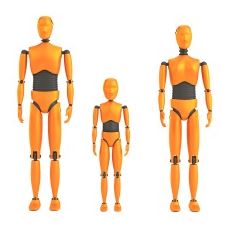 both of them, but the consequences of certain forces in the same area of the body do not translate the same.
both of them, but the consequences of certain forces in the same area of the body do not translate the same.
An adult and a baby / child have different capacities to absolve them. Simplifying, while the head of an adult person represents 6% of its body mass that of a baby under two years of age is 20%. The famous Whiplash has much more serious consequences for children under 3-4 years and to avoid it, without a doubt, we always recommend going AGAINST.
By age this includes Group 0, 0+ and 1 (up to approx. 18 kg) as a minimum. After this time (approx. 4 years), a child's tolerances are higher and it is up to the parents to decide the level of risk they want to take.
Finally, it is important that we test the seats installed in the car before buying it and more, if it is against the march, since we will assume a priori the possible problems of space that may generate in the front seat and the problems of excess verticality that some chairs may present in combination with some car models.
As we know that all this information is delicate and, at times, very technical, stay tuned because we will continue to analyze all the points in future articles. To be informed do not forget to follow us on Facebook, instagram Y twitter.
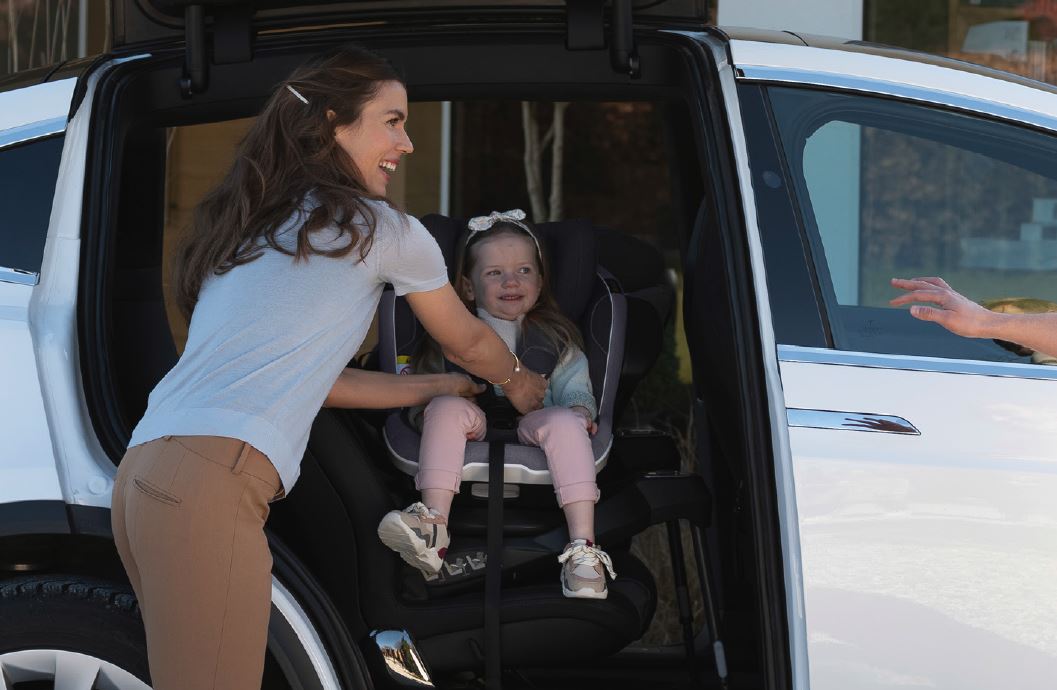
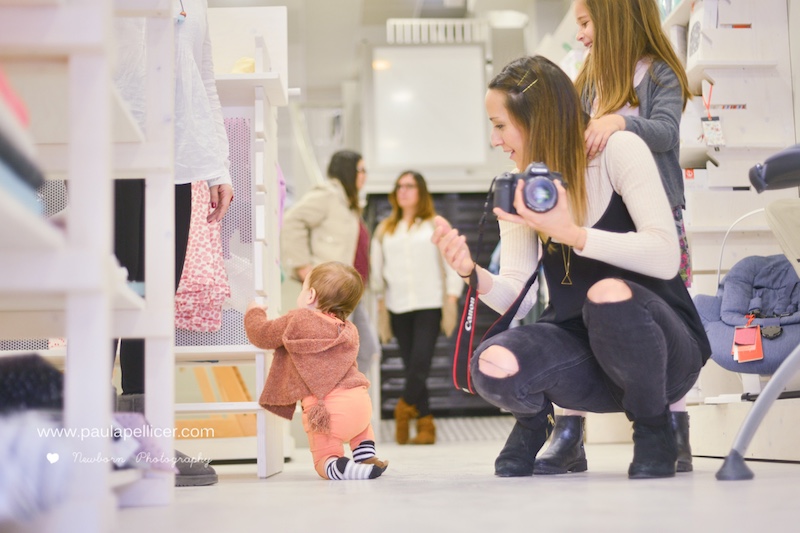
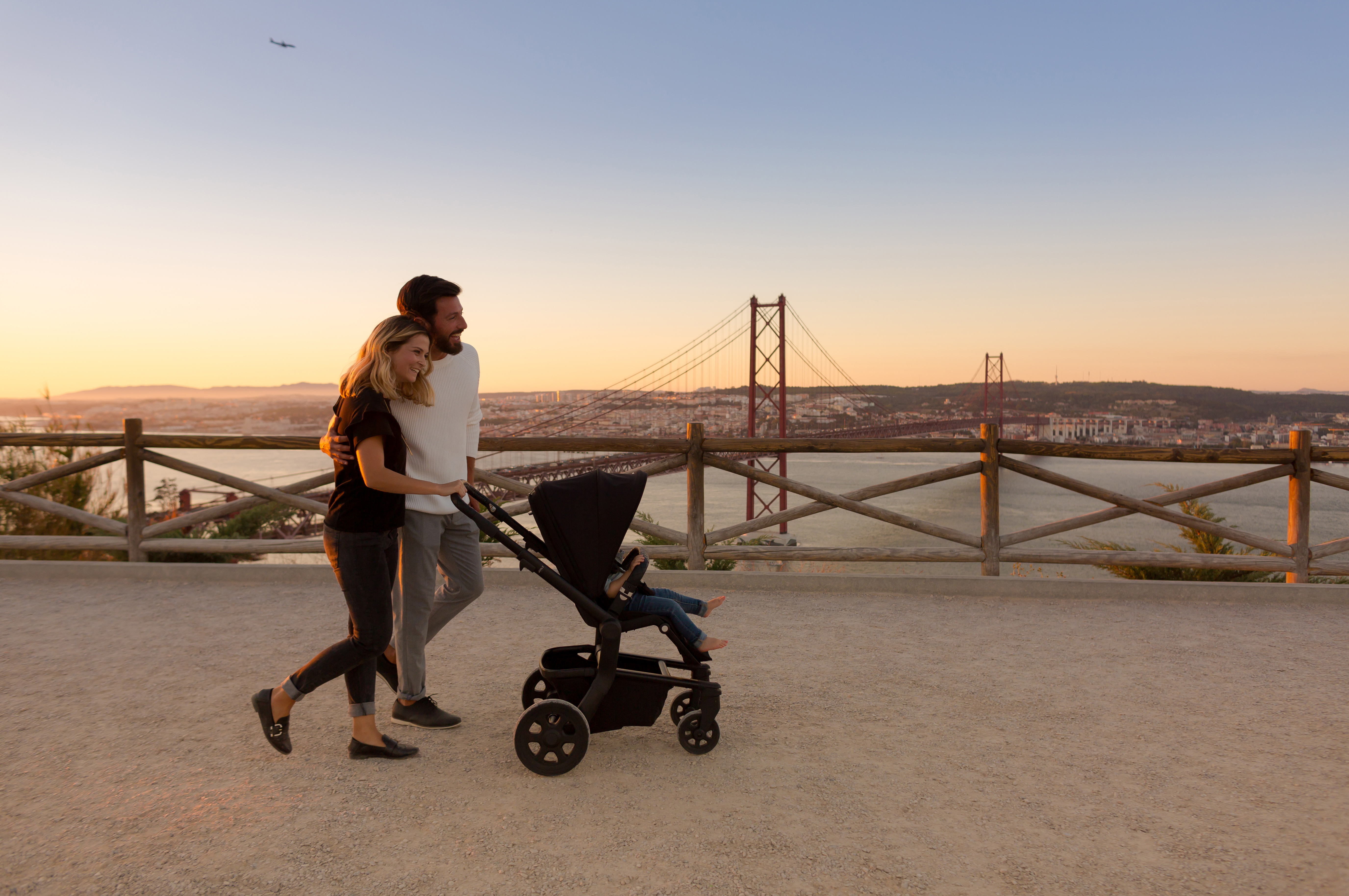
I do not agree with what is stated here, I sincerely think that there are many factors that could not be taken into account. But I highly appreciate your exposition, it is a good article.
Cheers
A couple of weeks ago he went to pass the car inspection to the ITV, and I was dead when the inspector who touched me commented that the rear-wheelchair I was using could not be used for a 4-year-old girl.
And these inspectors are supposed to be specialists in automobile safety. This shows me that there is still a great lack of information at a general level.
Greetings
Pillar
The recommendation and what the current regulations say is that they should be carried whenever possible up to 4 years. It is true that in many models we can prolong that use, but it all depends on the chair and how our child grows.